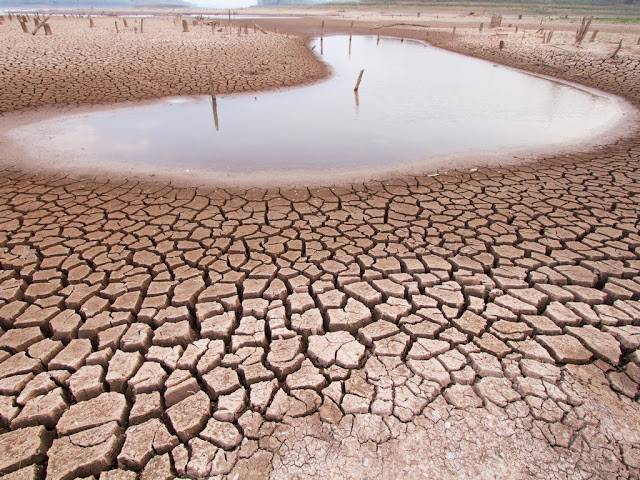Is climate change driving food insecurities in Uganda?
Global climate change and its effects on Africa
Achieving water and food security is a difficult topic in itself, however, this has been compounded by the threats of climate change, which leads to further environmental degradation and more extreme and unpredictable weather events. Many risks may arise from warming scenarios - from drought stress on plantations to increased pest and disease damage for crops. This blog hopes to further explore droughts in Uganda, and its impacts on the production of food and the livelihoods of the residents.
Exploring droughts in Uganda
Agriculture has long formed the backbone of Uganda’s economy, with roughly 72% of the Ugandan population involved in agricultural activities. With less than 3% of their total agricultural cropland under irrigation, the majority of farmers in Uganda rely heavily on seasonal precipitation for crop production. This high dependence on rainfall, coupled with the fact that farmlands in Uganda are typically arid or semi-arid, means that the nation is at even higher risk of food insecurity if climate variability results in frequent droughts or unreliable rainfall patterns.
These impacts can be felt at varying levels with a range of both economic and social consequences:

These impacts can be felt at varying levels with a range of both economic and social consequences:
At a household level, devastating impacts may be experienced in the Uganda population. Droughts pose a risk in decreasing agricultural productivity and production, putting family incomes at risk, and greatly reducing their ability to spend on their own wellbeing and healthcare. In the most recent IPCC report published in August 2022, 41% of the total population of the Karamoja region of Uganda is facing high levels of acute food insecurity, and an estimated 20,000 children experiencing acute malnourishment. The uncertainty of future climate impacts also reduces farmers incentive to invest in future agricultural production systems, thus potentially negatively impacting their long-term productivity and food security.
At a national level, decreased agricultural production leads to market risks, especially for Uganda, whereby the agricultural sector makes up roughly 24% of their GDP, and forms the majority source of employment for the nation. This is further exacerbated by rising costs of agricultural commodities, making them more difficult to access, and reduces the stability of food supplies for large portions of the Ugandan population.
Figure 1: A flowchart highlighting the potential impacts on agricultural production as a result of climate change.


Comments
Post a Comment